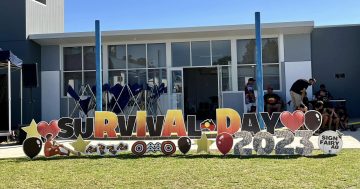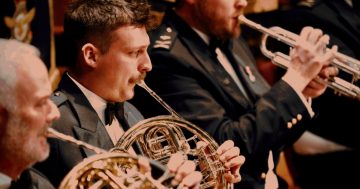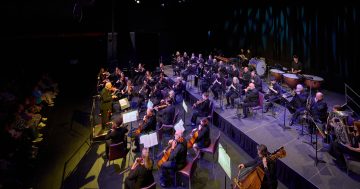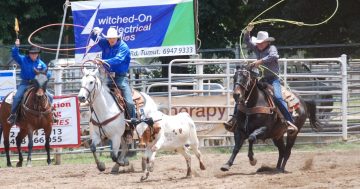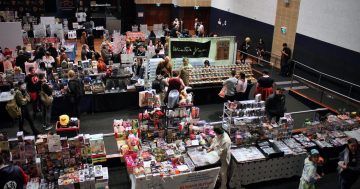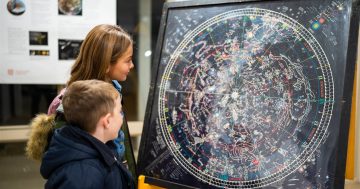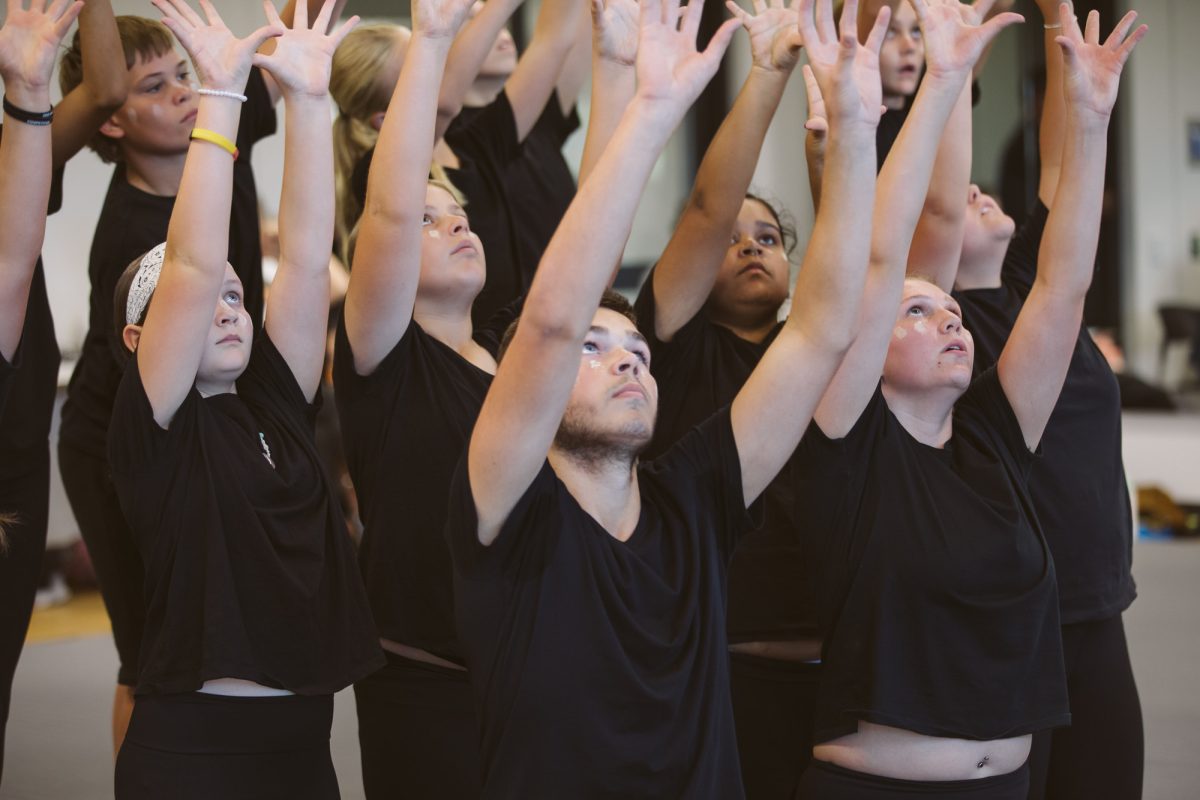
Students have worked with Ella and mentors from the Australian Ballet to create unique dance performances. Photo: The ELLA Foundation.
Junior dancers in Wagga Wagga have been exploring First Nations culture and dance over the school holidays with celebrated Wiradjuri dancer Ella Havelka and a team from the Australian Ballet Company.
An enthusiastic group of more than 30 kids has been keeping warm at Wagga’s PCYC and learning to express traditional cultural storytelling through movement.
“My connections to the Australian Ballet meant that when they were visiting Wagga for their regional tour, I was able to line it up so that the education and outreach team could come along and we were also able to invite other youth from the area,” Ella said.
“We also have kids who have travelled from Newcastle and Dubbo to be part of this so it’s pretty exciting.”
Originally from Dubbo, Ella traces her heritage back to Brungle Mission near Tumut and much of her family now lives in Wagga.
For the past few years, the classically trained dancer and choreographer has been mentoring First Nations youth through The ELLA Foundation and has established a local dance group.
“We have a core group in the Barradambang Dancers who are all First Nations identifying and living in the Riverina area, but we also wanted to open up opportunities for other kids to come and learn from and with the group,” Ella explained.
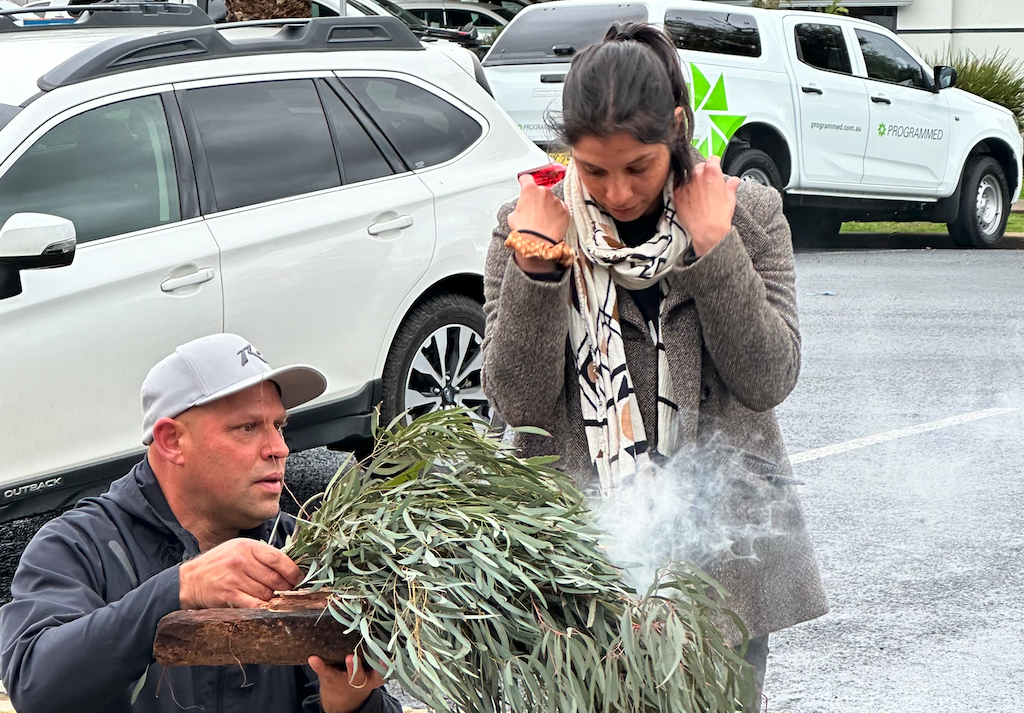
Luke Wighton welcomes Wiradjuri dancer Ella Havelka back to Wagga Wagga with a smoking ceremony. Photo: Bernard Higgins.
The three-day program concludes with a community performance and Ella said it was important the story and dance were woven together by the group.
“We give them some contemporary warm-ups, we give them a few ballet technique exercises, but then when we’re creating the choreography for the community performance, we really try to draw on the strengths of the individual child,” she explained.
“We give them tasks inspired by concepts – whether it’s connected to Country or waterways – and we create movements that make them feel connected and inspired by that.
“Then we help them shape the dance and piece it together and we really let the kids come up with their own movement vocabulary.”
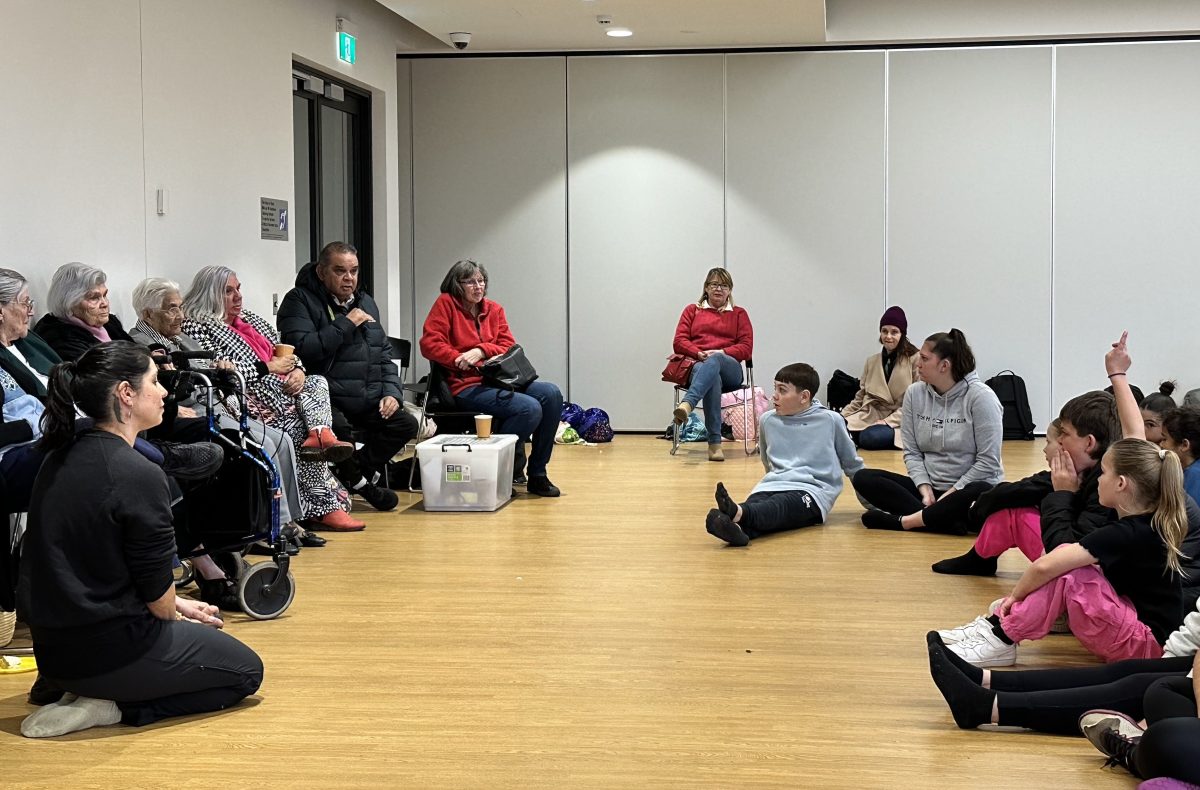
As well as dancing, the kids get the chance to engage with Wiradjuri elders. Photo: Bernard Higgins.
Ella is passionate about the work of her foundation and hopes to create pathways for a new generation to follow in her footsteps.
“When I grew up in Dubbo, there weren’t opportunities like this for me, and it was hard because I knew I wanted a career in dance,” she reflected.
“There was also a lack of connection to culture through dance because at the time it was still very much taboo and there weren’t groups that were inviting kids in the area to be a part of that.
“The ELLA Foundation was set up mostly to provide scholarships for young First Nations kids who want to dance, either just for fun or to pursue it as a career, so there’s a dual purpose to provide cultural opportunities as well as scholarships.”
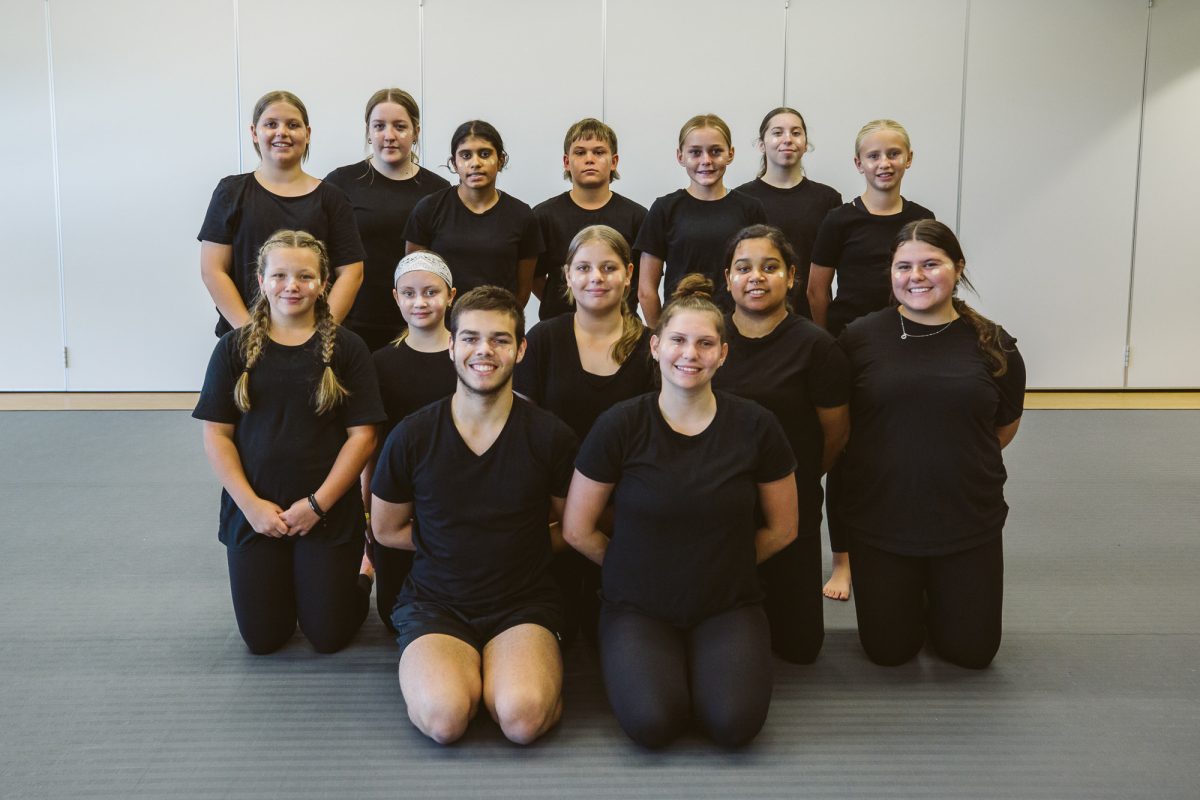
The Barradambang Dancers are creating their own performances and sharing stories that connect them to culture. Photo: The ELLA Foundation.
The Wagga-based Barradambang Dancers have been steadily growing in confidence and Ella explained that a local story provided the inspiration for an original performance and for the group’s name.
“We started workshopping ideas over a couple of days and decided to create our first dance piece about a rare species of wattle that had recently been provided with a Wiradjuri name that only grows in three places in NSW,” Ella said.
“They [the saving our species program] conducted some consultation with Wiradjuri language experts to give it a name and they chose Barradambang, which means ‘bright star’.
“Once we created the dance, we realised how much resonance it had with us as First Nations people and how it’s a celebration of the fact that we are still here, and that was reflected in this wattle, the Bright Star, so we decided to call the dance group after the Barradambang.”
Ella hopes that the ongoing workshops and inclusive opportunities to connect will attract First Nations kids and non-Indigenous dancers who want to learn more about Australia’s rich cultural heritage.
You can learn more about The ELLA Foundation through the website.








